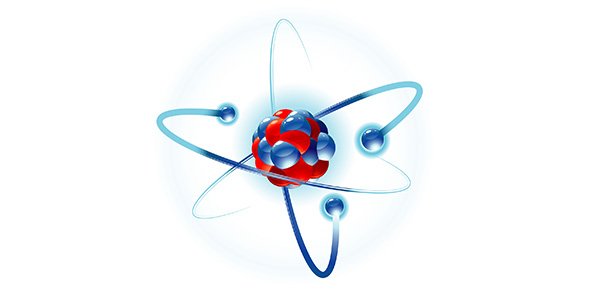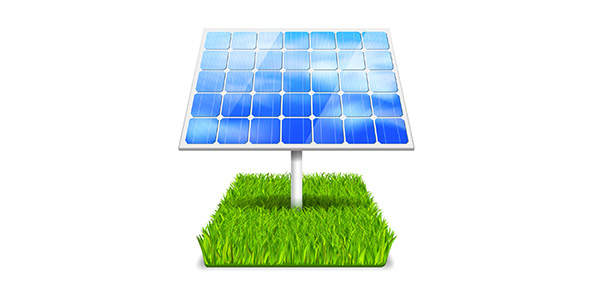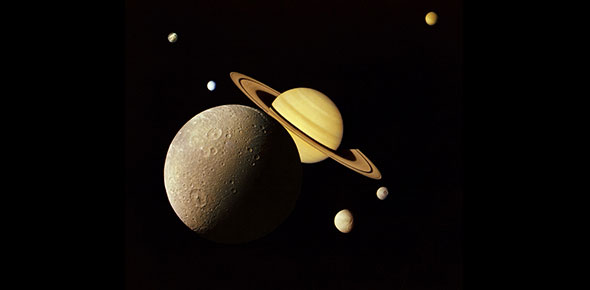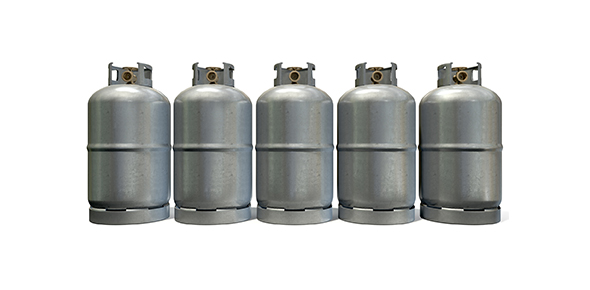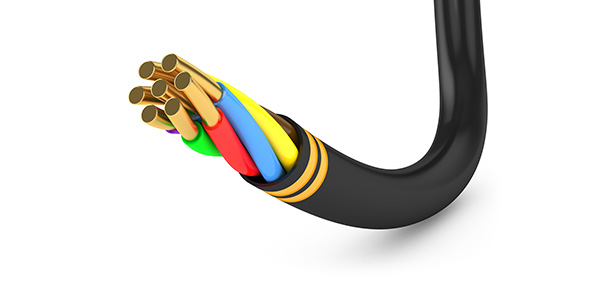Related Flashcards
Related Topics
Cards In This Set
| Front | Back |
|
What are the 4 principles of efficient lighting design?
|
- meet target light levels
-efficient produce light - efficiently deliver light -automatically control lighting operation |
|
Which top three lights have the highest color rendering index and color temperatures.
(bring charts) |
1. Incandescent
2. Halogen 3. Flourescent |
|
Higher CRI & color temperature is sacrificed for what?
|
Ligh source efficacy (lumens per watt)
|
|
What society determines appropriate light levels?
|
Illuminating Engineering Society of North America (IESNA)
|
|
What is the Inverse Square Law - Quantity of Illumination? What is E in units of & what is it called?
|
E = I/d2 where d is distance from light source to surface & I is luminous flux (lumens)
Footcandles, FC, lumens/ft2 (or lux, lumens/m2) |
|
What is the average rated life of a lamp?
What is it for flourescent lamps? HID lamps? |
Median value of life expectancy of a group of lamps. Time at which 50% have failed, 50% are surviving.
Flourescent - 3 hrs on, 20 minutes off per cycle HID - 10 hrs on, one hour off per cycle |
|
What happens with increased frequency of switching?
|
Decreased lamp life in hrs but longer in calendar life. Energy savings are more signifcant than lamp costs
|
|
What are some maintenance rules in terms of light loss?
|
Light output of a lmap decreases over time. For this reason, systems are over-designed to compensate for later losses. Improved maintenance can reduce this depreciation & allow for redisgn or improved light levels
|
|
Charts for Lamp Lumen Depreciation (LLD)
Charts of efficacy, CRI, & temperature Photometric charts |
Thanks
|
|
What are the two lighting system design methods?
|
1. Lumen Method (assumes equal footcandle level throughout the area. Simple)
2. Point by Point Method - based on fundamental law of illumination. requires computer program) |
|
What is the lumen method formula?
|
N = F1 x A / (Lu x LLF x Cu)
Where N is # of lamps needed F1 is required footcandle level @ task A is area of room in sq ft Lu is lumen output Cu is coefficient of utilization LLF is combined light loss factor |
|
What is the coefficient of utilization (CU)?
|
Coefficient of utilizatio is a measure of how well the light coming out of the lamps and the fixture contributes to the useful light level at the work surface. You might need to find it, or it could be given to you.
|
|
How do you calculate Room Cavity Ratio (RCR)?
|
RCR = 2.5 x h x (Room Perimeter)/(Room Area)
where h is height from lamp to top of surface |
|
What should one look for in a lighting audit?
|
Lighting Equipment Inventory
Lighting Loads Room Dimensions Illumination Levels Hours of Use Lighting Circuit Voltage |
|
What are some potential lighting ECMs?
|
Florescent upgrades
delamping Incandescent Upgrades HID Upgrades Controls upgrades Daylight compensation |



